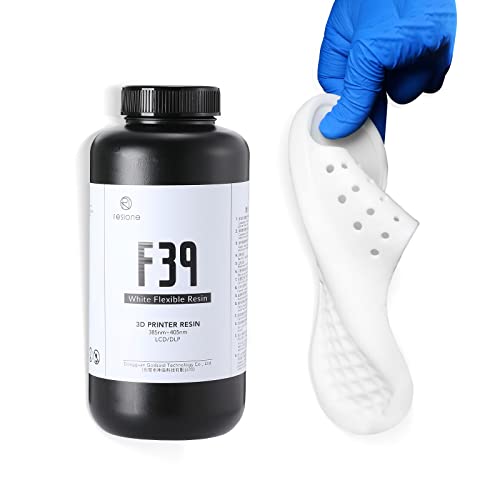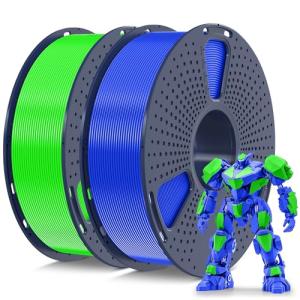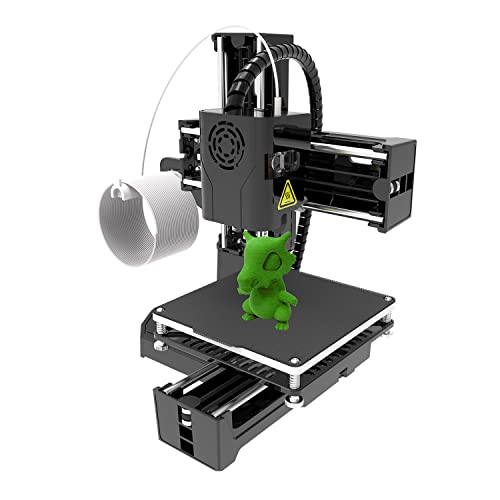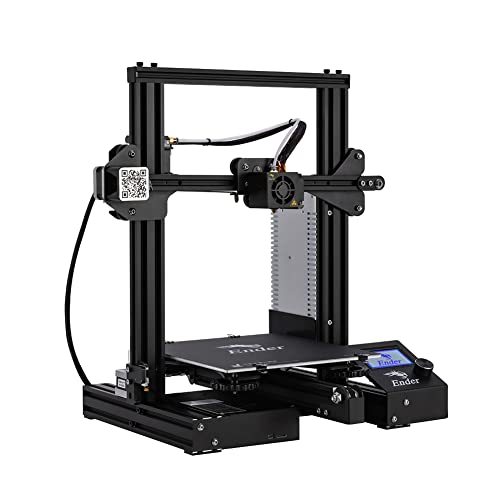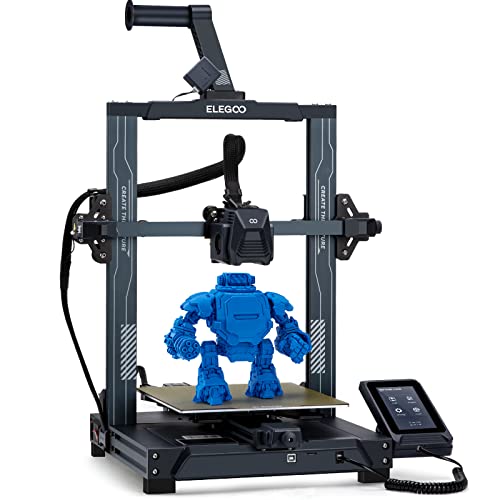Before diving into the world of 3D printers, it’s super important to figure out what you need from one. Think about what you want to make. Are you into detailed models, prototypes, or maybe something fun for the kids? The type of projects you have in mind will guide your choice.
Next, consider the materials you'll use. Different printers work with different filaments. If you're looking to create strong, durable pieces, you might want a printer that can handle materials like ABS or PETG. But if you're just starting out, PLA is easy to use and great for beginners.
Don’t forget about the size! Think about the size of the items you plan to print. The build volume is key here. If you want to print larger projects, you’ll need a bigger printer. Otherwise, if you’re sticking to small models, a compact option might be all you need.
This 3D Printer Buying Guide will help you narrow down your choices. Budget is another big factor. Prices can range quite a bit, so it’s good to have a clear idea of how much you’re willing to spend before you start shopping.
Lastly, ease of use matters. If you’re new to 3D printing, look for a printer with a user-friendly interface and good support. A model with a community or helpful guides can make your experience much smoother. Knowing your printing needs will really help you find the right fit!
Types of 3D Printers Explained
When diving into the world of 3D printing, you'll quickly realize there are different types of 3D printers, and each has its own perks. In this 3D Printer Buying Guide, let's break down the main types to help you find the perfect fit for your projects.
Fused Deposition Modeling (FDM) printers are the most popular choice for beginners. These printers work by melting plastic filament and layering it to create your design. They're usually affordable, easy to use, and offer a wide range of materials. If you’re just starting out and want something straightforward, FDM printers are a great pick.
Stereolithography (SLA) printers take a different approach. They use a laser to cure resin into solid layers. This method can produce highly detailed prints, which is amazing if you need intricate designs. However, SLA printers can be more expensive, and they require some post-processing. If detail is your top priority, SLA could be the way to go.
Selective Laser Sintering (SLS) is another type worth mentioning. SLS uses a laser to fuse powdered material, creating strong and functional parts. This method is often used in industrial settings, but there are SLS printers for hobbyists too. If you’re looking to make durable pieces, SLS is a solid option.
Lastly, there are Multi-Jet Modeling (MJM) printers. These printers jet materials onto a build platform, layer by layer, similar to inkjet printing. They can produce colorful and detailed prints, making them great for prototypes and artistic projects. If you want to show off your work, MJM is a fun choice!
RESIONE F39 Flexible 3D Printer Resin - 1kg
Experience the freedom of flexible designs with this high-quality resin, perfect for all your 3D printing projects
Product information
$92.99
Product Review Score
4.99 out of 5 stars
24 reviewsProduct links
Key Features to Look For
When diving into the world of 3D printing, knowing what features to look for can save you time and money. This 3D Printer Buying Guide highlights the key features that will make your printing experience enjoyable and efficient.
First up, consider the build volume. This is the space where your prints will be created. A larger build volume means you can print bigger items or multiple smaller pieces at once. Check the dimensions and think about what projects you plan to take on.
Next, pay attention to the type of printing technology. Fused Deposition Modeling (FDM) is the most common and user-friendly, great for beginners. If you're feeling adventurous, look into Stereolithography (SLA) printers for higher resolution prints, especially for intricate designs. Each type has its perks, so think about what fits your needs best.
Don't overlook the ease of use. Features like automatic bed leveling make a huge difference, especially if you're new to 3D printing. A printer with a user-friendly interface and good software support will save you headaches down the road. Look for models that come with clear instructions and have a supportive online community.
Lastly, consider the materials you want to use. Different printers handle different filament types. Some models are versatile and can print with various materials like PLA, ABS, or even flexible filaments, while others are more limited. Your choice should align with your creative projects.
SUNLU PETG 3D Printer Filament Bundle, Accurate Dimension, Blue+Green
Enhance Your 3D Printing Experience with High-Quality SUNLU PETG Filament in a Striking Blue and Green Bundle
Product information
Product Review Score
4.44 out of 5 stars
112 reviewsProduct links
Budget Tips for Smart Buying
When you're diving into the world of 3D printing, keeping a close eye on your budget is key. You don’t need to break the bank to get a great machine. Here are some tips to help you make smart choices while shopping, straight from your 3D Printer Buying Guide.
First off, set a budget. Decide how much you can comfortably spend and stick to it. Having a clear number in mind helps you narrow down your options. Remember, there are solid choices at various price points, so don’t feel pressured to go for the top-of-the-line model right away.
Don’t skip looking at user reviews! These can give you real insight into a printer’s reliability and performance. You'll want one that matches your specific needs. If you plan on doing a lot of prototyping, for example, check for reliability and ease of use in the feedback.
Also, keep an eye out for deals or bundles. Sometimes, you can score a great printer with essential accessories included. This not only saves money but also gives you everything you need to start printing right away. Comparisons can be your best friend—different retailers often have varying prices and promotions.
Finally, consider the long-term costs. Look into filament prices and maintenance requirements. A cheaper printer might cost you more over time if you have to constantly replace parts or if the filament it uses is overpriced. A little planning now saves stress later on. These tips will set you on the right path, straight from your 3D Printer Buying Guide.
